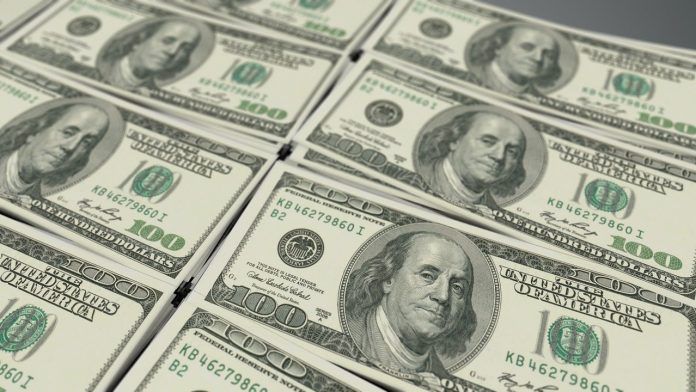SINGAPORE – The dollar was pinned near two-week lows on Thursday, as softer-than-expected U.S. inflation and another Federal Reserve promise to keep interest rates low reinforced expectations of meagre returns from the reserve currency.
The Australian dollar sat just below a two-week top touched overnight, while the euro held at $1.2116, near its highest since Feb. 1. Sterling, also boosted by receding expectations for negative interest rates in Britain, sat just shy of Wednesday’s nearly three-year peak of $1.3865.
Morning moves were slight and Asia trade was thinned by Lunar New Year holidays in Japan and China. Against a basket of currencies the dollar sat at 90.428 after touching a two-week trough of 90.249 in the wake of U.S. inflation figures.
U.S. core inflation last month was zero, data showed on Wednesday, against market expectations of 0.2%.
In a speech, Fed Chair Jerome Powell focused on still-high unemployment and re-iterated that the central bank’s new policy framework could accommodate annual inflation above 2% for some time before hiking rates.
“In other words, easy policy is going to stay there for a long, long time, and that should be negative for the U.S. dollar,” said Westpac currency analyst Imre Speizer.
“I think it’ll be something that sits in the background, as just a reminder that the U.S. dollar can’t go up while it’s got that easy policy relative to everybody else.”
The dollar had pared some of its losses against other majors a little bit after a selloff in U.S. tech stocks dampened financial markets’ upbeat mood. The safe-haven Japanese yen hit a two-week peak of 104.41 per dollar overnight and last traded a fraction softer at 104.62 per dollar.
Bitcoin, sometimes viewed as a hedge against inflation, has dropped about 8% from Tuesday’s record high and traded at $44,277 on Thursday.
Inflation is under the spotlight as economists expect pent-up demand and a low-base effect from last year’s shocks to drive jumps in headline figures by the spring time, which some investors think could test the Fed’s resolve.
In New Zealand, for example, where the virus is well contained, surging accommodation prices have inflation running above expectations and investors have scaled back what had been further rate cut expectations.
“The RBNZ arguably face quite a different communication challenge (to the Fed), with the demand pulse in New Zealand in a much better position than anyone dared hope,” ANZ Bank analysts wrote in a note to clients on Thursday.
“The RBNZ will welcome this, but continue to highlight the need for cautious patience.”
The New Zealand dollar was broadly steady at $0.7205 on Thursday.
Later on Thursday, European Commission economic forecasts are due, as are U.S. labour market figures, with investors looking to the data to gauge the relative progress in recovery. – Reuters

